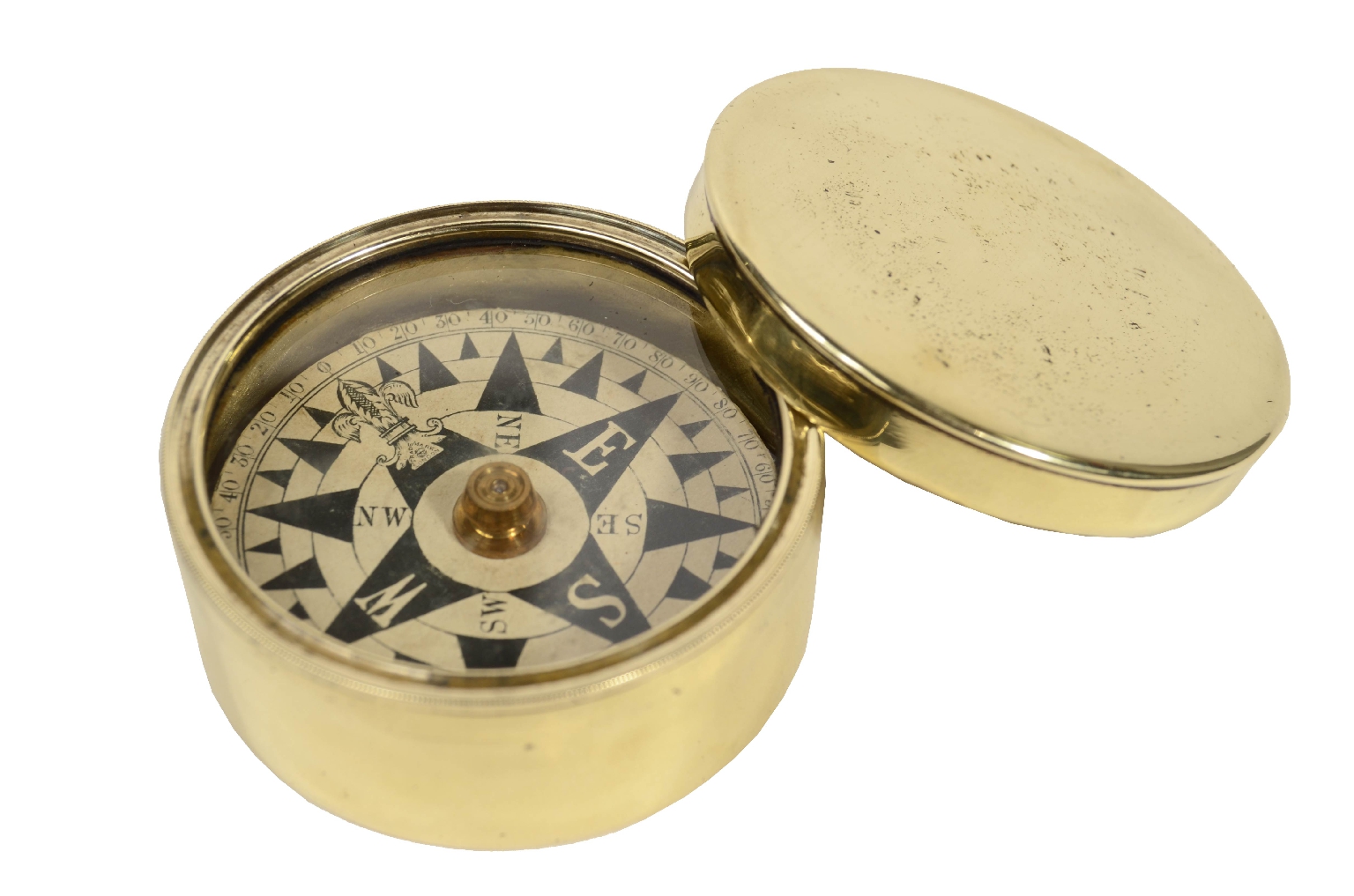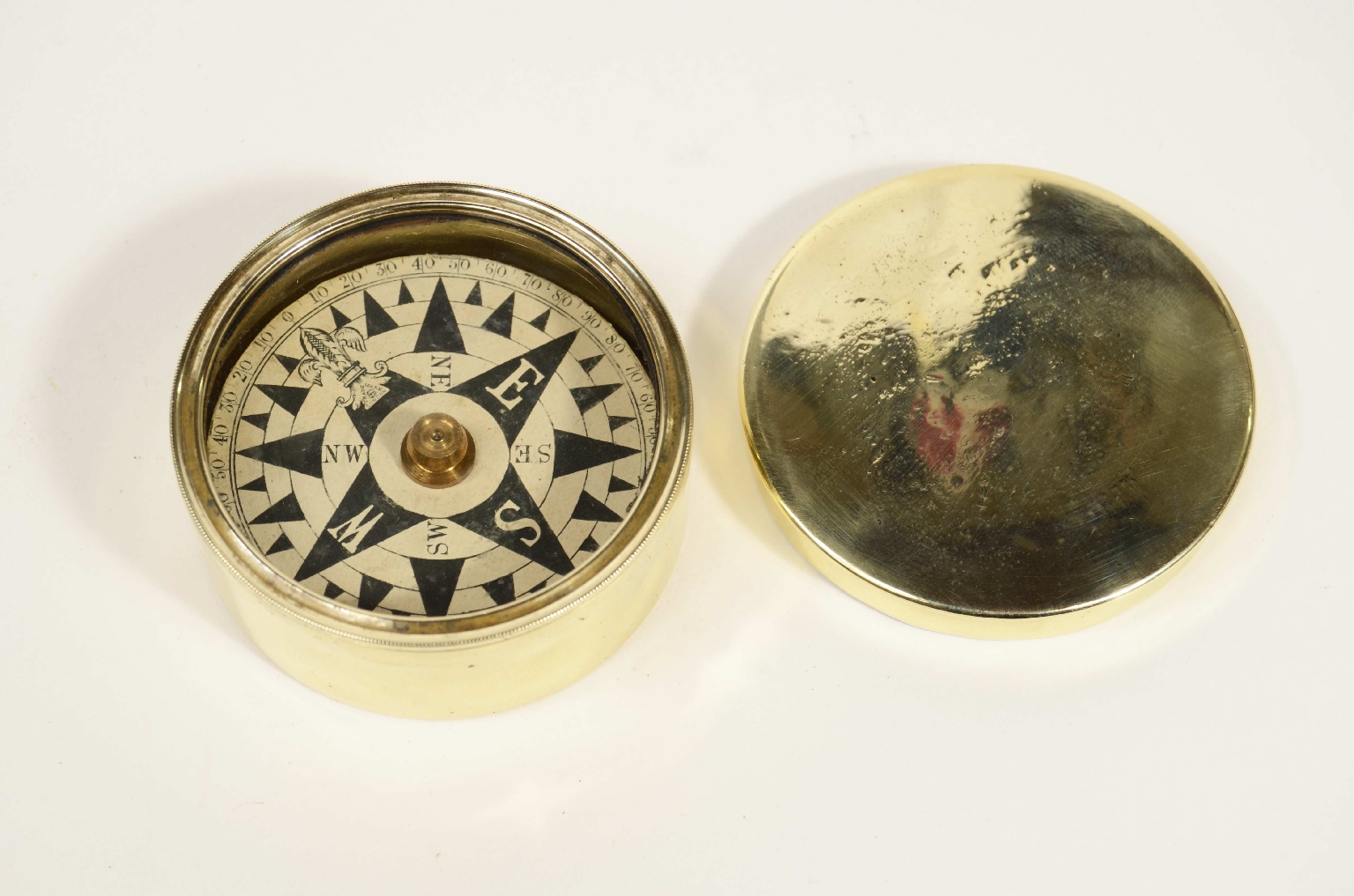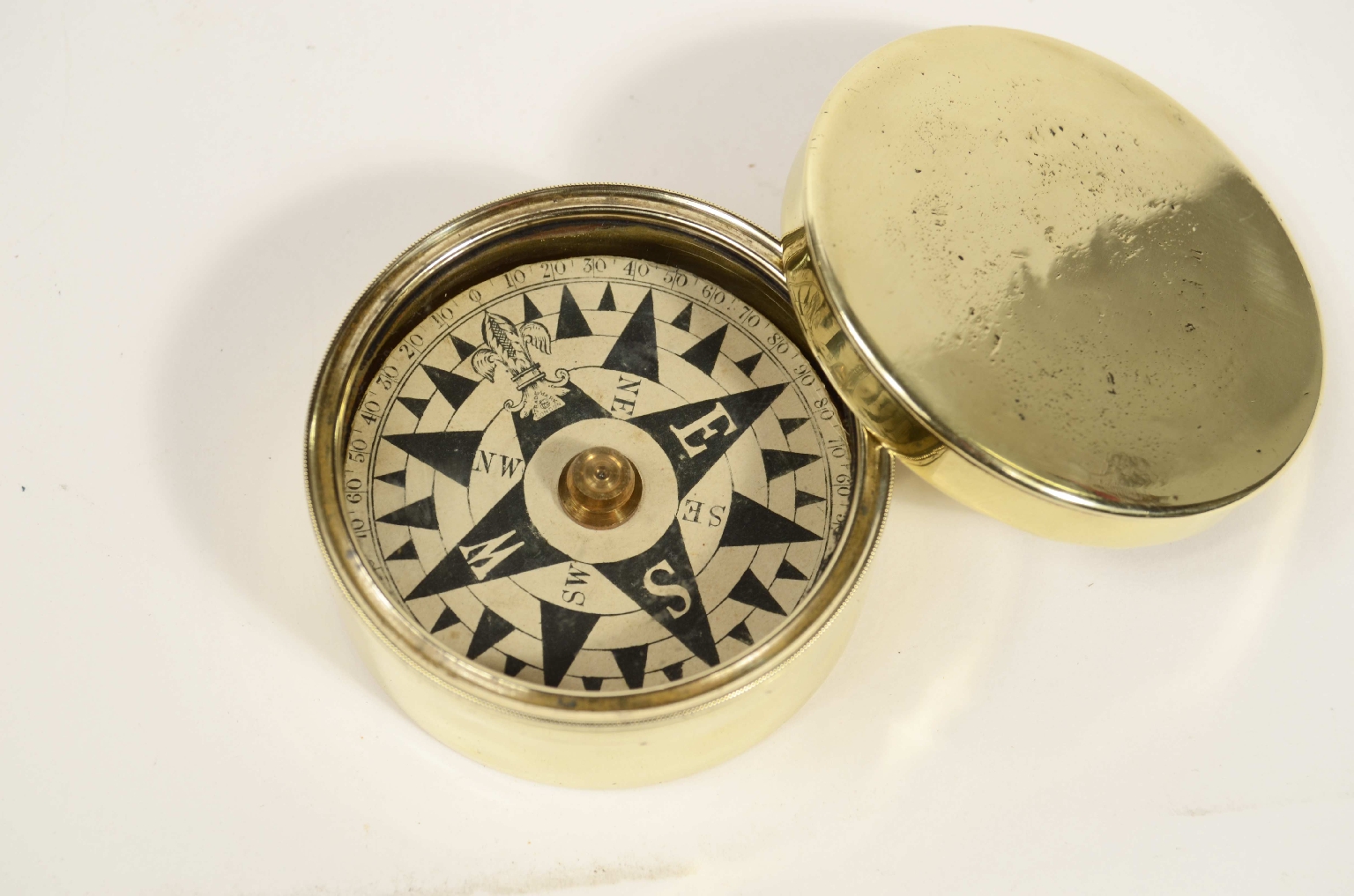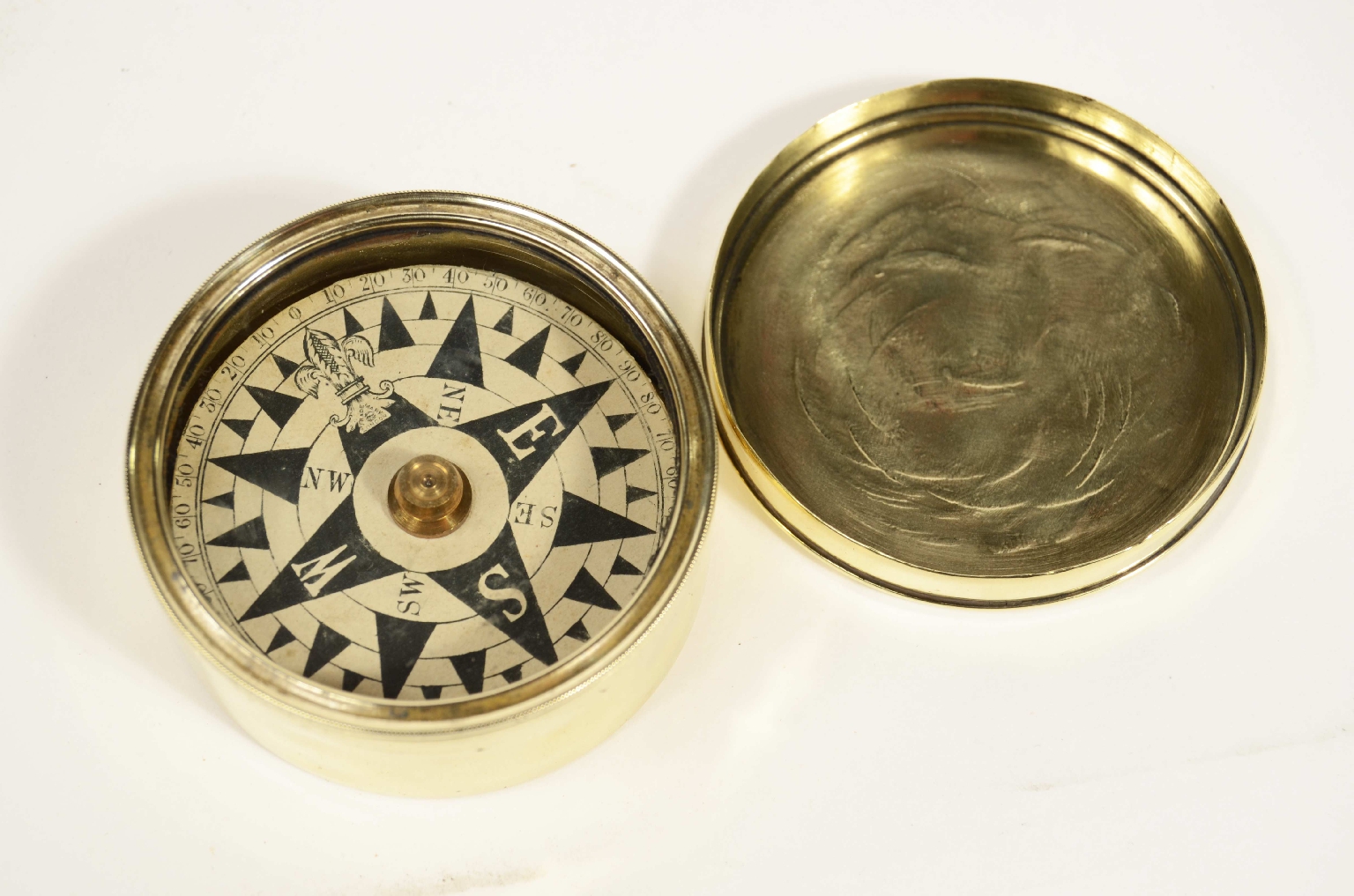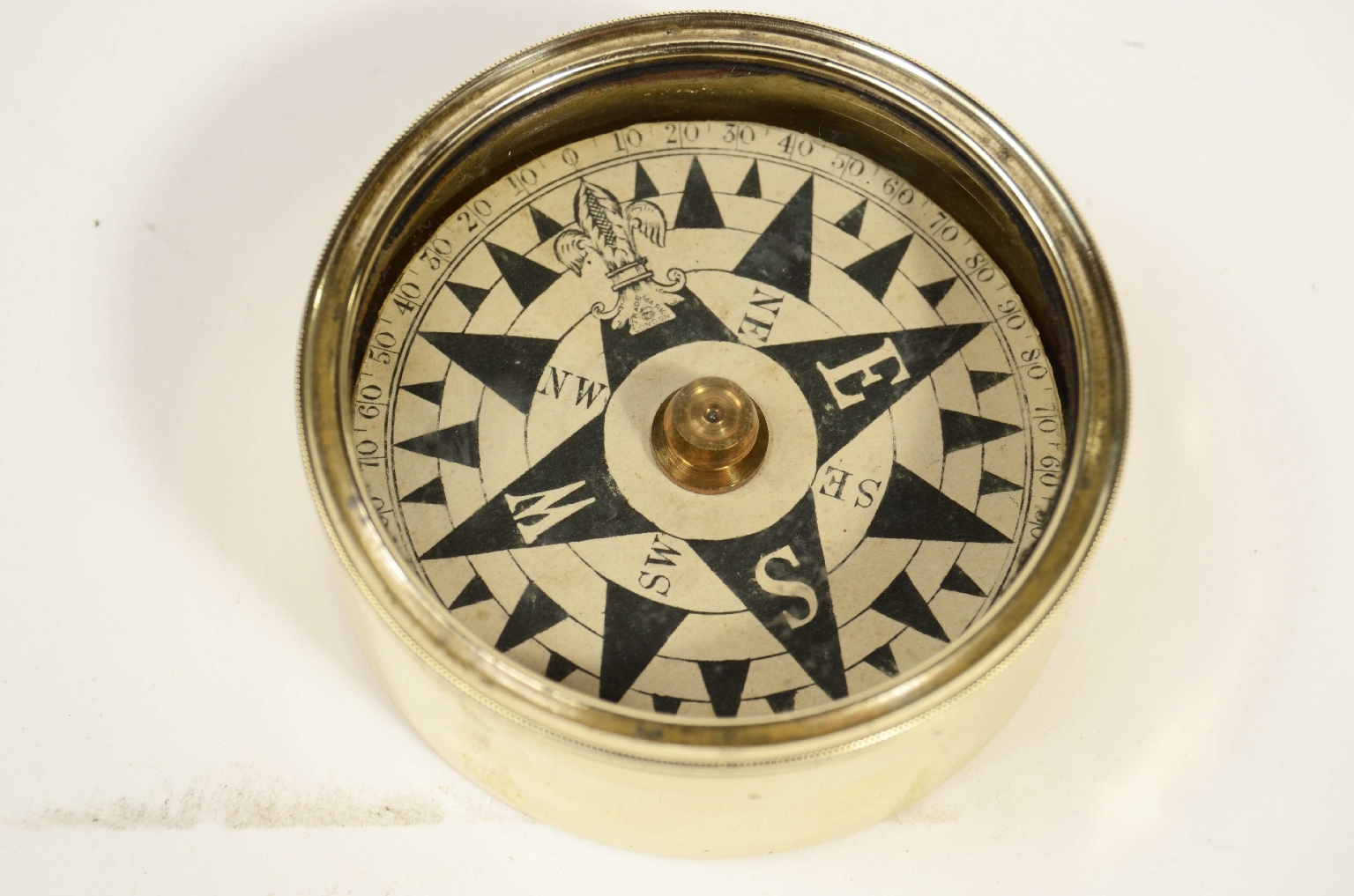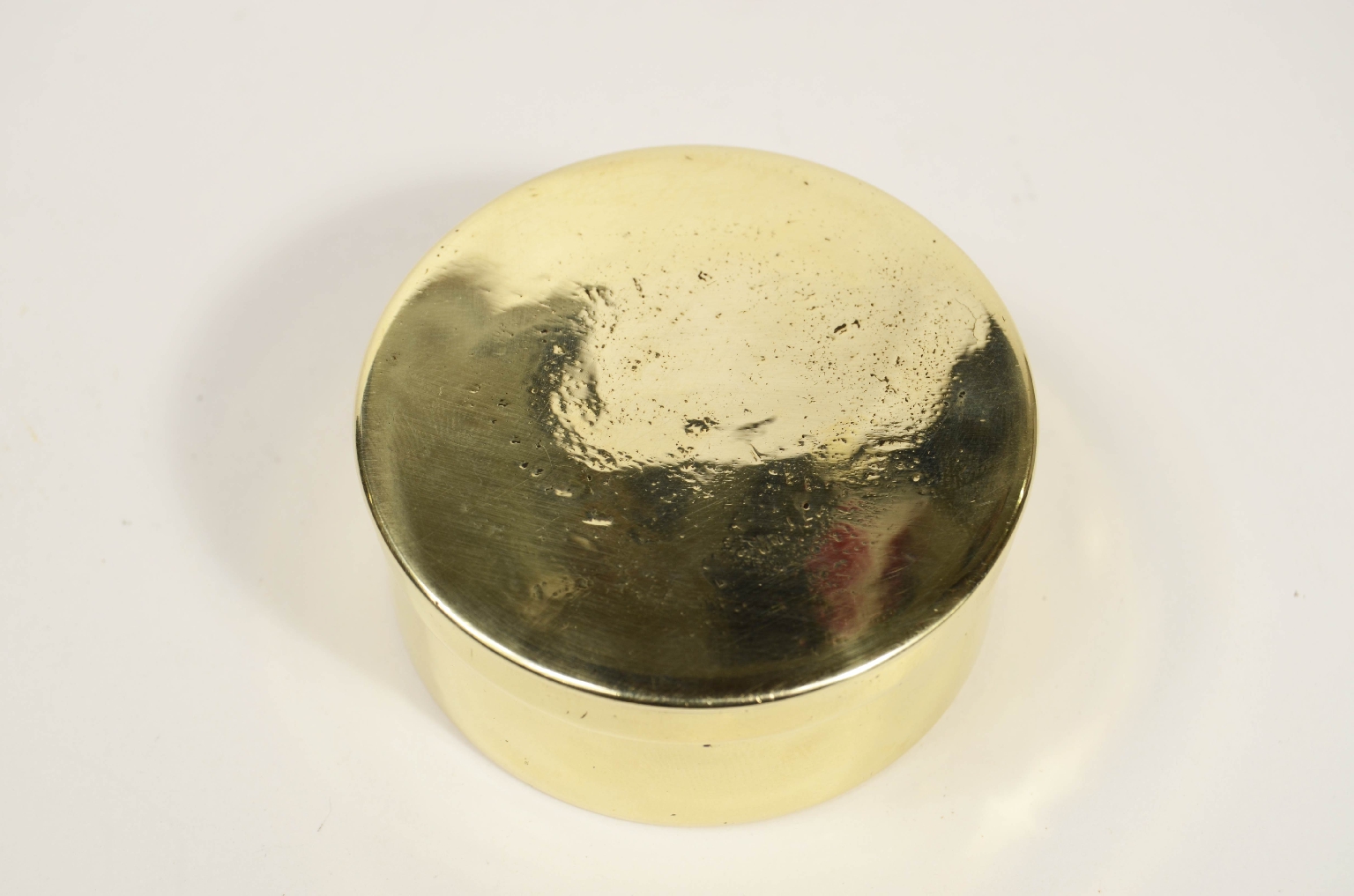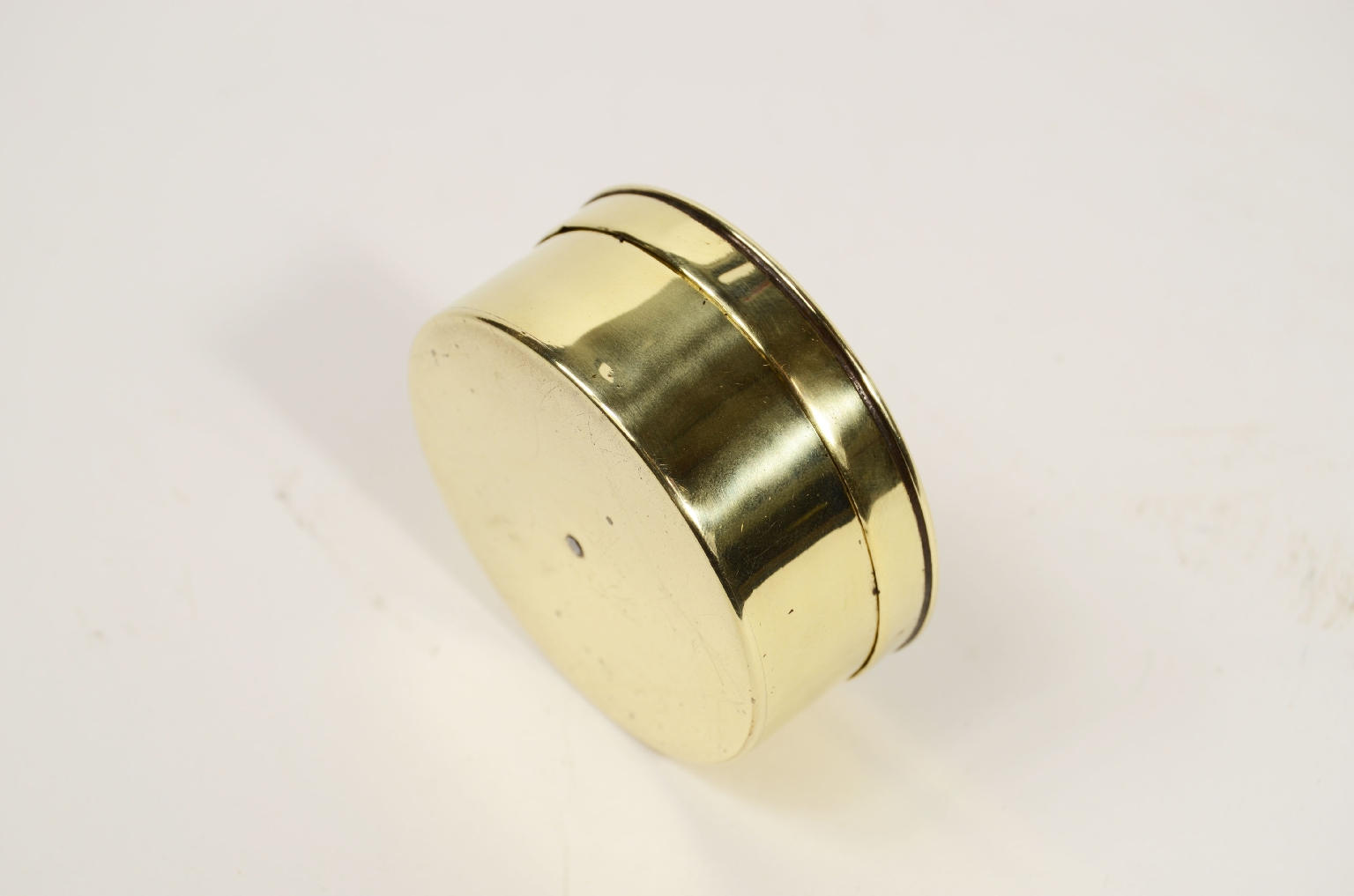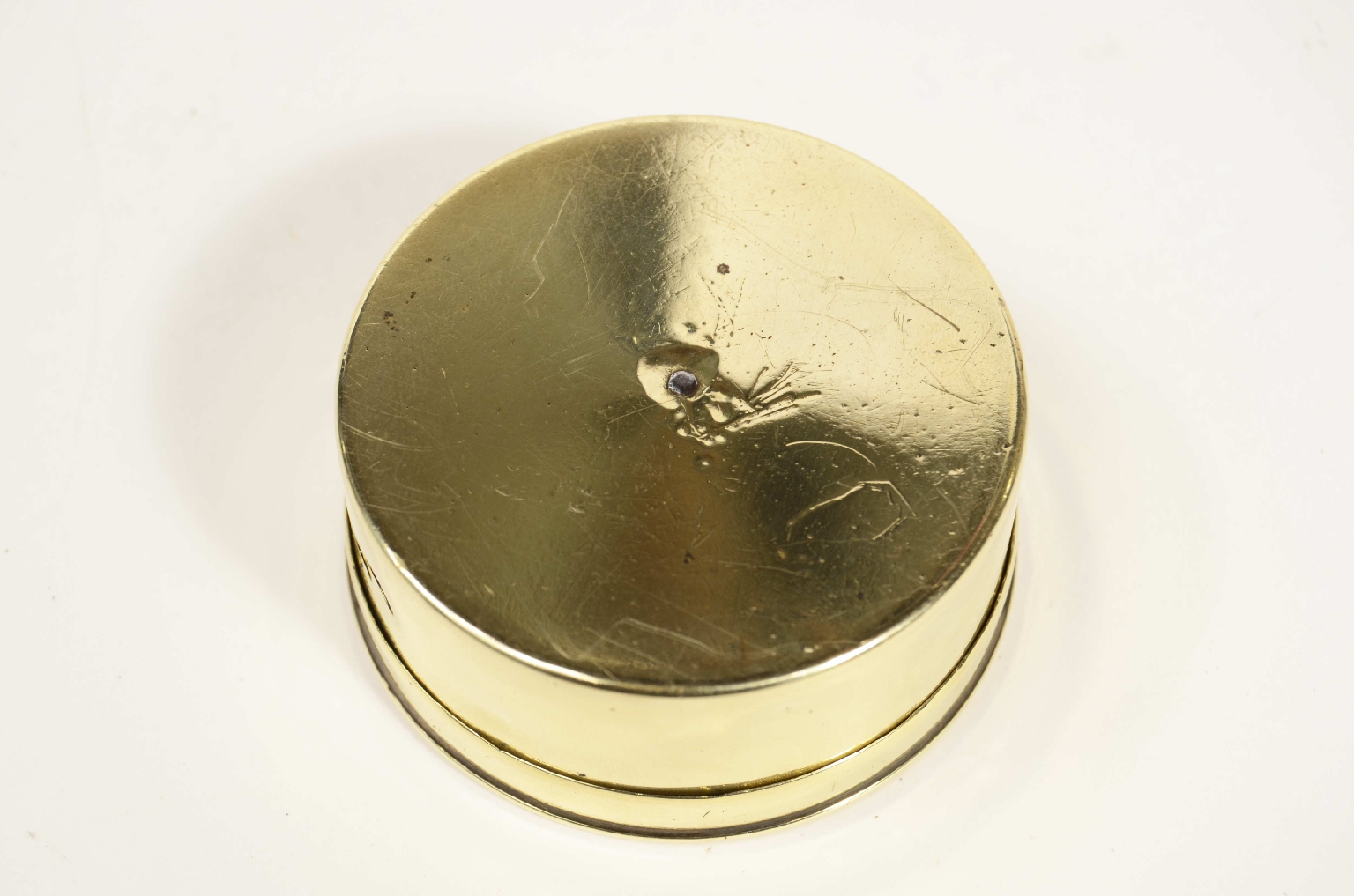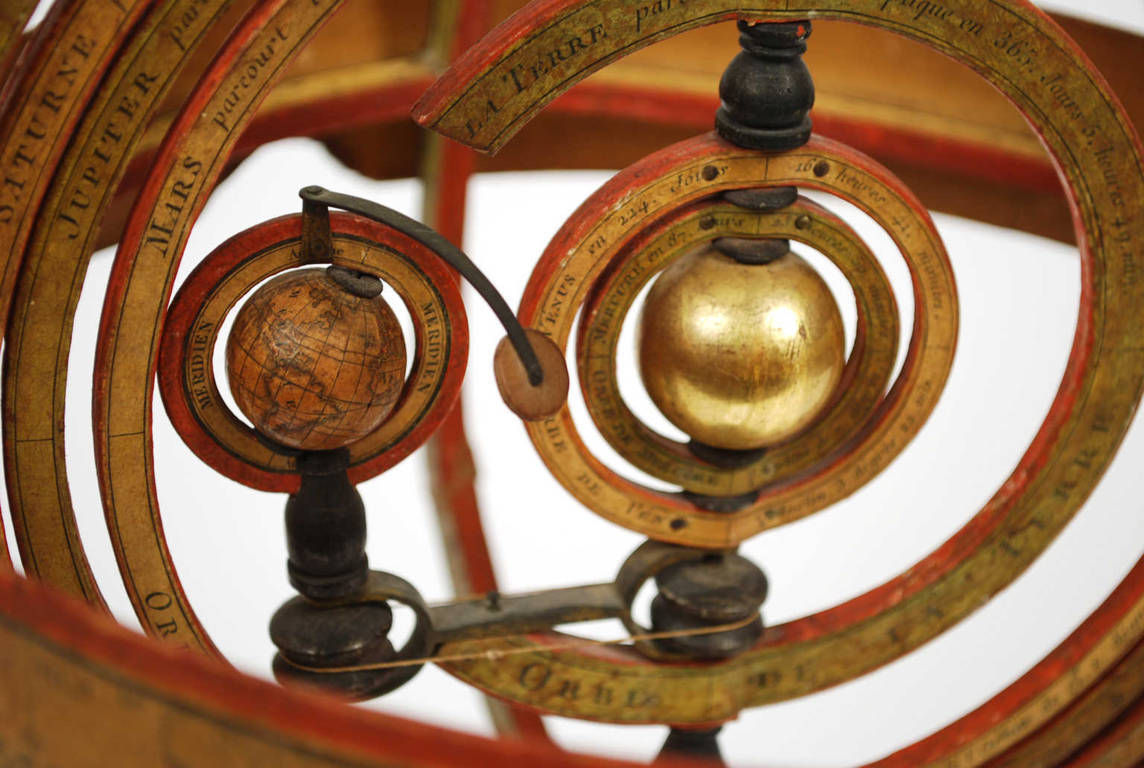antik.it/Antique-compasses/8184-Small-Compass/
Code 8184
EUR 600.00
In stock
1759936814Code 8184 Small CompassSmall turned brass travel compass with cover, eight-wind compass card rose, and protractor circle from copperplate engraving.
English manufacture, second half of the 19th century.
Good condition, signs of use, fully functional.
Dimensions: 5.5 x 2.4 inches – 2.2 x 1 inches
The Greeks and Romans were still unaware of the possibility of exploiting magnetic fields for orientation, while it seems that this possibility was already somewhat known to the Chinese: around 2600 BC, Emperor Hoang-Ti managed to defeat Prince Tchi-Yeou in battle thanks to a "magic" chariot, the See-Nan (chariot indicating the south). Thanks to this device, the emperor identified the enemy's escape route, even though the enemy had hidden it with a blanket of smoke. Fixed to the chariot was a wooden human-shaped figure that rotated on itself and, with an outstretched arm, always pointed south (indicating south obviously also indicated north, but south was considered the most important cardinal point by the Chinese).
The first references to the use of instruments that exploited magnetic force for navigation in Europe date back to the late 12th century, largely thanks to the knowledge brought by Arab merchants and navigators: we find references in Alexander Neckam's "De nominibus utensilium" and in the works of Guyot de Provins, in which the lodestone is described as a "sailor's companion." The inventory of a 13th-century Sicilian ship, the San Nicolò, also mentions the presence on board of a lodestone and a "wooden compass."
FAQ
Do you provide an authenticity certificate/expertise?
Of course! The legislative decree n. 42/2004 stipulates that who sells works of art or historical and archaeological items has the obligation to deliver to the purchaser the documents attesting to the authenticity of the object, or at least to submit the documents relating to the probable attribution and origin. Antik Arte & Scienza provides an expertise (as warranty) that contains a description, period and assignment or the author, if known, of the item.
How can I pay?
Secure payments by PayPal, credit card or bank transfer.
What are the shipping terms and the delivery schedule?
Shipping by DHL or UPS is free (but if we are shipping to a country non-EU remember that any taxes and customs duties are on your expense), and items will be sent just after receiving of payment.
Italy: delivering on the average in 24 h.
Europe: delivering on the average in 2/3 weekdays.
Other countries: delivering on the average in 5 weekdays; custom duties charged to the buyer.
Is shipping insured?
Of course! Free insurance by Lloyd's London that covers almost all destinations.
If I change my mind, can I return the item?
Of course! (see our general terms for more information).
e-Shop
Antique compasses
Code 8184 Small Compass
Antik Arte & Scienza sas di Daniela Giorgi - via S. Giovanni sul Muro 10 20121 Milan (MI) Italy - +39 0286461448 - info@antik.it - www.antik.it - Monday-Saturday: 10am-7pm


